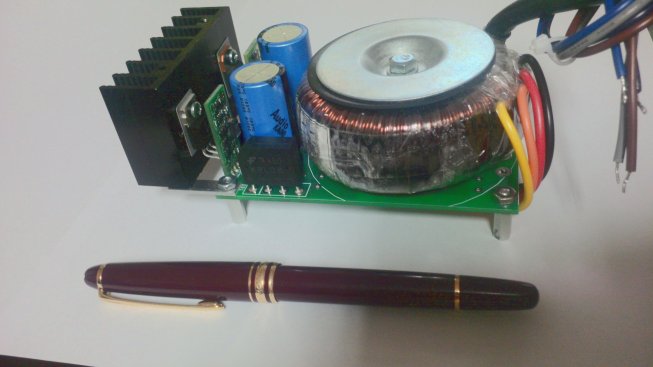Bash, no. But let's review those. Here is the post-regulator board from the DIYaudio thread:
View attachment 8348
In the DIY thread you say that the regulators are Bellson. Let's look at their data sheet and recommendations for design:
http://www.belleson.com/download/Superpower_datasheet.pdf
View attachment 8349
Your design starts with a switchmode power supply. That power supply will regulate its output and hence, cause lack of headroom in this regulator per above. Had you used a linear transformer and rectification/filtering like everyone else, you would be compliant with the above. But you did not. You stuck a switchmode power supply in there.
View attachment 8350
You have input caps per my notation. But they are anything but close to the pins of the regulators that are lined up to be pretty rather than functional.
As I noted, the right design is to have freestanding heatsinks on each regulator which then allows you to optimally position them on board and in this case, have their input capacitor right at their Vin pin.
Using the wrong enclosure, i.e. an amplifier one, has caused you to have more inductance in those input pins which reduces the effectiveness of those capacitor.
View attachment 8352
As I am showing, you have a line of caps there but they are not near the load. They are going through a connector, wires, then some more PCB traces before they reach their loads. These caps need to be there, not on this board.
This advice is not at all unique to these regulators. They are simple, good practices used by experienced analog designers.
Look at the layout of the Mytek DAC for example:
View attachment 8353
I have marked the caps in yellow. See how they use heatsinks right on the regulator, allowing the capacitors to be right next to them.
This is why I keep asking you for measurements of those parts rather than specs you read on their web site. When IC manufacturers test their parts, they do everything in their power to optimize the layout and design to get the best numbers (that is what sells their parts and you are proof of it). When you deviate from that, your performance degrades. How much, we don't know without measurements which you have not performed.

